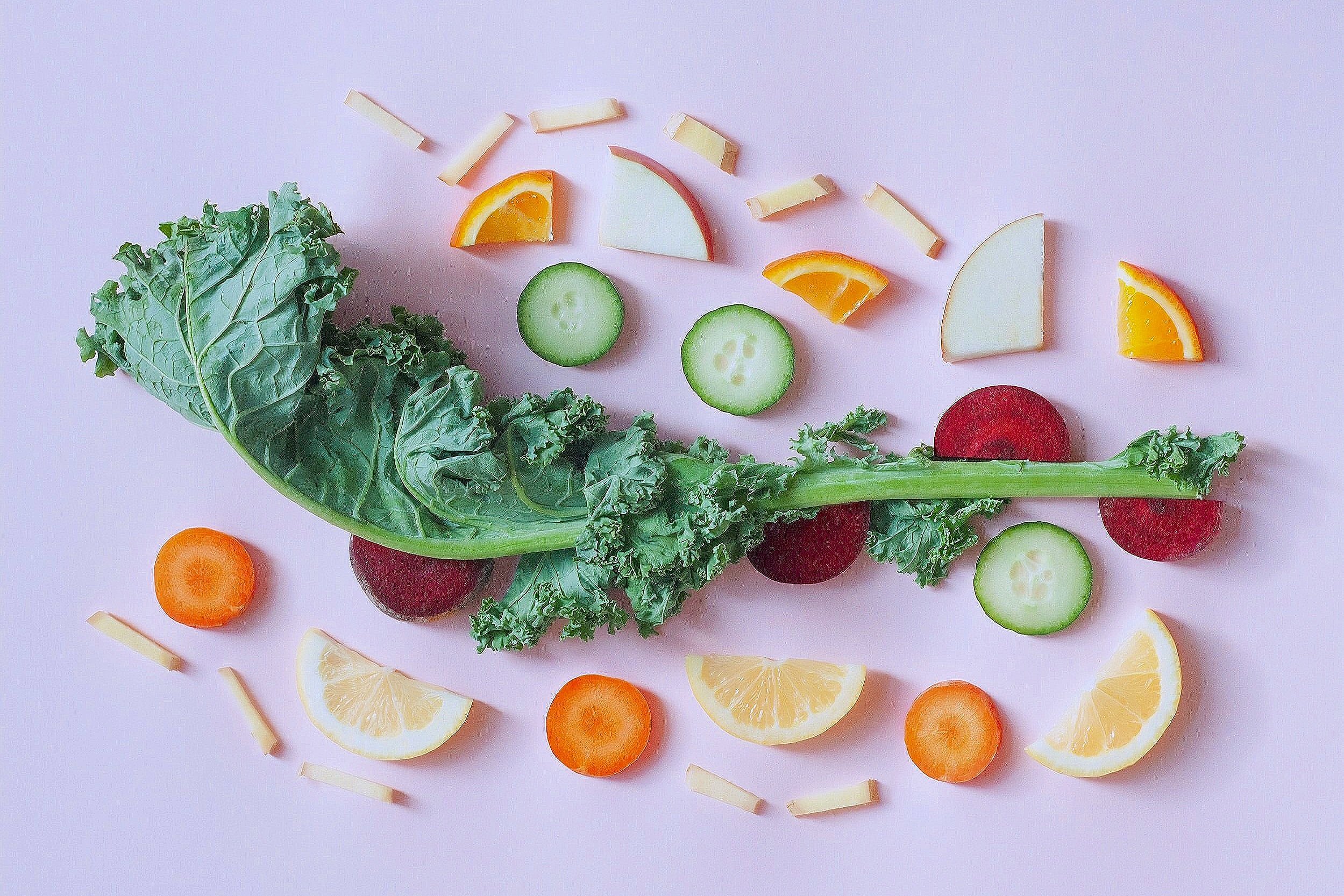Plant-Powered Living: Your Guide to Thriving on a Plant-Based Diet
In a world increasingly focused on health and sustainability, adopting a plant-based lifestyle has gained widespread popularity. But what does it truly mean to be plant-based? In this post, I explain the concept of plant-based living, explore strategies for incorporating more plants into your diet, and provide valuable tips and tricks to help you smoothly transition to a plant-based lifestyle.
What Does It Mean to Be Plant-Based?
At its core, a plant-based lifestyle revolves around making conscious choices to prioritize foods derived from plants while minimizing or eliminating animal products. Unlike strict vegetarianism or veganism, plant-based eating is flexible, allowing individuals to adjust their diets based on personal preferences and health goals. The focus is on whole, nutrient-rich plant foods that provide an array of essential vitamins, minerals, fiber, and antioxidants, contributing to improved well-being and reduced risk of chronic diseases.
Incorporating More Plants into Your Diet
1. Embrace Variety: Begin your journey by exploring a wide range of fruits, vegetables, whole grains, legumes, nuts, and seeds. Each plant food offers a unique nutritional profile, and incorporating a diverse array of these foods ensures you receive a comprehensive range of nutrients.
2. Start Small: Transitioning to a plant-based diet doesn't have to be an overnight shift. Begin by designating certain meals or days of the week as plant-based, gradually increasing the frequency as you become more comfortable with new recipes and ingredients.
3. Plant-Powered Proteins: Discover plant-based protein sources such as lentils, chickpeas, quinoa, tofu, tempeh, and edamame. These foods are not only rich in protein but also contain beneficial fiber, making them excellent choices for a balanced diet.
4. Meatless Mondays: Designate a day of the week to be meat-free. Experiment with new recipes that focus on plant-based ingredients, helping you become more comfortable with a variety of flavors and textures.
5. Swap and Substitute: Replace animal-based ingredients with plant-based alternatives in your favorite dishes. Consider using nut milk instead of dairy milk (my favorites are coconut and cashew), avocado instead of butter, or tofu instead of meat in your recipes (see below for *BONUS* INFO).
My Tips and Tricks for a Smooth Transition
1. Educate Yourself: Take time to learn about the nutritional benefits of plant-based foods and how they can support your health. Understanding the positive impact on your well-being can be a motivating factor during your transition.
2. Meal Planning: Plan your meals ahead of time to ensure you have a variety of plant-based options readily available. This can help you avoid resorting to less healthy choices due to lack of preparation.
3. Explore New Recipes: The internet is a treasure trove of plant-based recipes that cater to various tastes and culinary preferences. Experiment with different cuisines and cooking techniques to keep your meals exciting and satisfying.
4. Read Labels: When shopping for packaged foods, read labels carefully to identify any hidden animal-derived ingredients. Familiarize yourself with plant-based alternatives for common animal-based ingredients.
Surprise! BONUS INFO: 5 food swaps you can make to embrace plant-based eating:
1. **Swap Meat for Legumes**: Replace meat with protein-rich legumes like lentils, chickpeas, black beans, or kidney beans in dishes like burgers, chili, or tacos. Legumes are not only a great source of protein but also provide fiber and essential nutrients.
2. **Swap Dairy Milk for Plant Milk**: Opt for plant-based milk alternatives such as almond, cashew, oat, or coconut milk in place of dairy milk. These options are often fortified with vitamins and minerals and can be used in cooking, baking, or as a beverage.
3. **Swap Eggs for Tofu or Flax Eggs**: Use crumbled tofu or flax eggs (made from ground flaxseed and water) as substitutes for eggs in recipes. These alternatives work well in dishes like scrambles, quiches, and baked goods.
4. **Swap Butter for Avocado or Nut Butter**: Instead of using butter, spread mashed avocado or nut butter onto your toast or use them as a base for sauces and dressings. These swaps add healthy fats and a rich flavor to your meals.
5. **Swap Meat-Based Broths for Vegetable Broths**: Choose vegetable broth as a base for soups, stews, and sauces instead of meat-based broths. Vegetable broth enhances flavors while keeping your dishes entirely plant-based.
These swaps not only contribute to a plant-based lifestyle but also offer a variety of flavors and textures that can make your meals exciting and satisfying.
5. Stay Mindful of Nutrients: While plant-based diets are rich in many nutrients, it's important to pay attention to certain vitamins and minerals, such as vitamin B12, iron, calcium, and omega-3 fatty acids. Consider consulting a registered dietitian to ensure you're meeting your nutritional needs.
6. Be Kind to Yourself: Transitioning to a plant-based lifestyle is a journey, and it's okay to have occasional slip-ups. Focus on progress rather than perfection and celebrate your successes along the way.
Conclusion
Embracing a plant-based lifestyle is a powerful step towards improving your health and contributing to a more sustainable planet. By understanding what it means to be plant-based, incorporating more plant foods into your diet, and following the provided tips and tricks, you can embark on a successful journey towards a healthier, more vibrant you. Remember, the key lies in gradual changes, education, and a willingness to explore the abundant world of plant-based cuisine. Your body and the environment will thank you for it!

